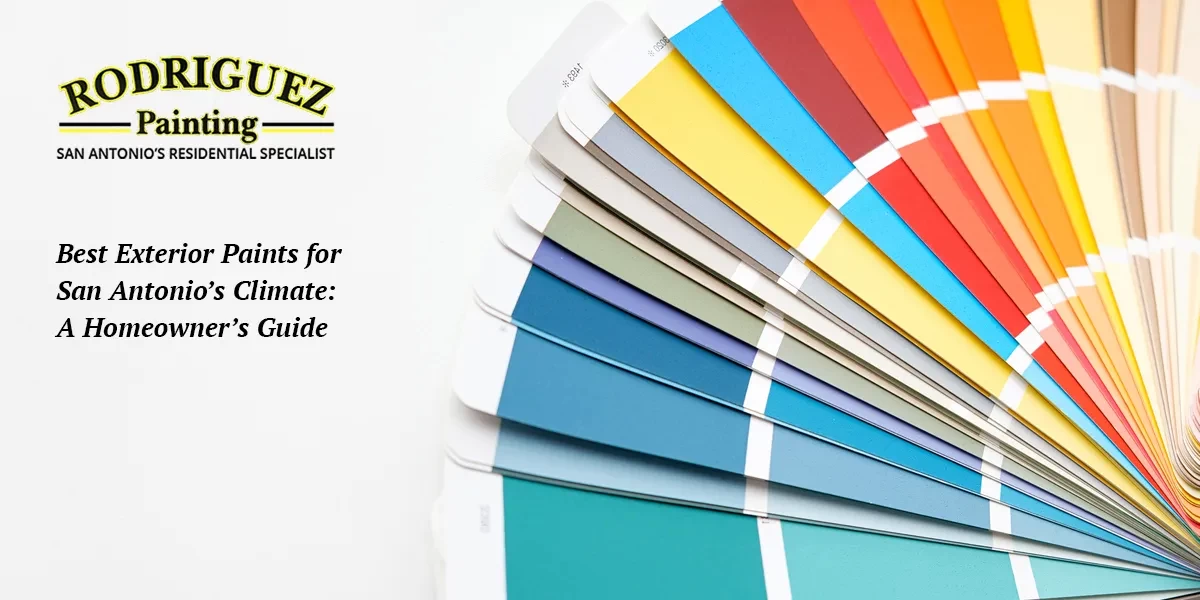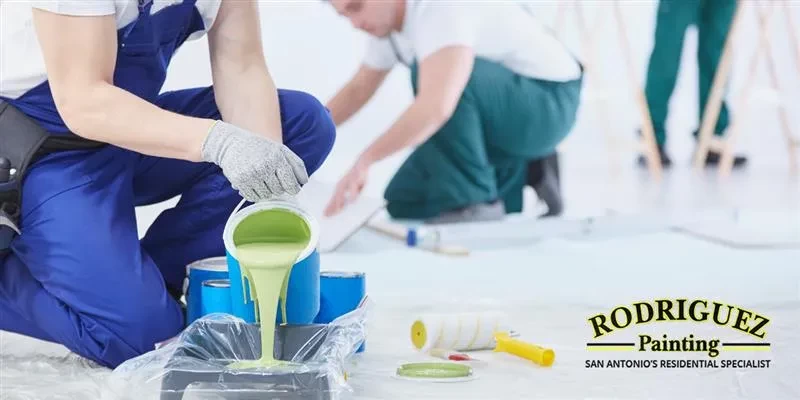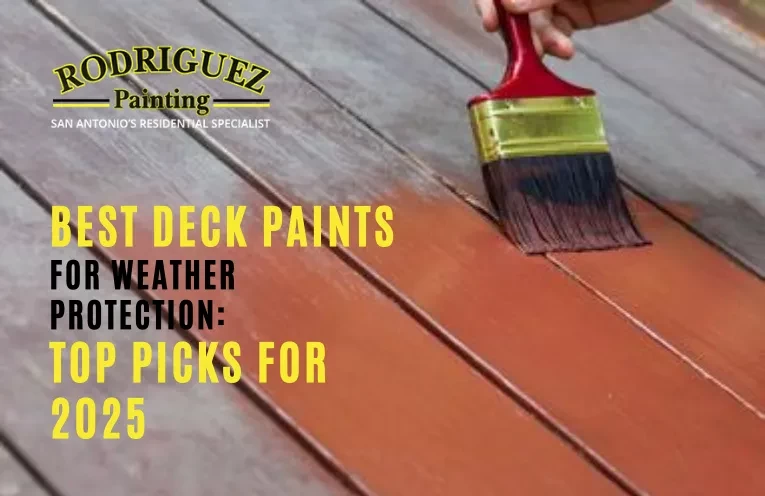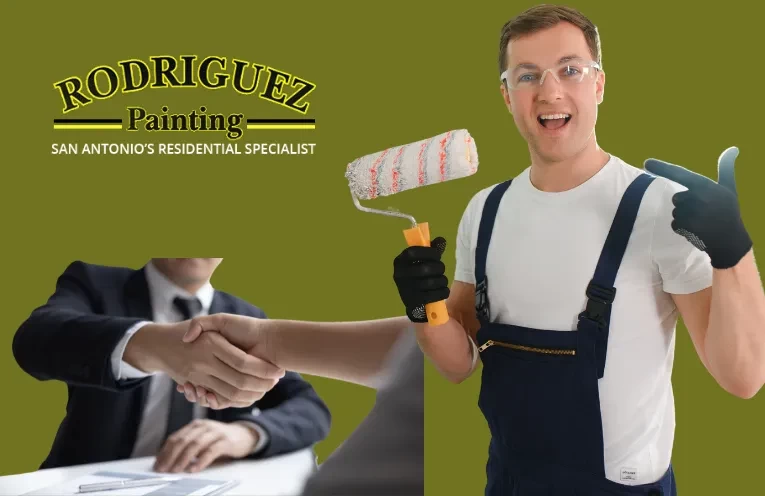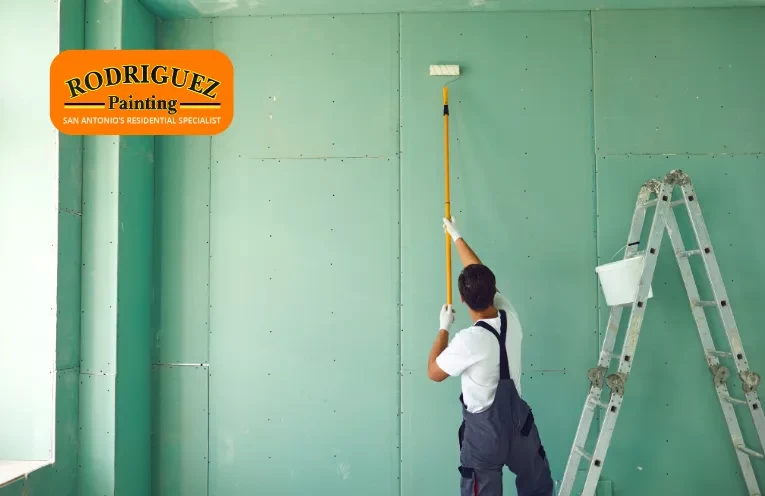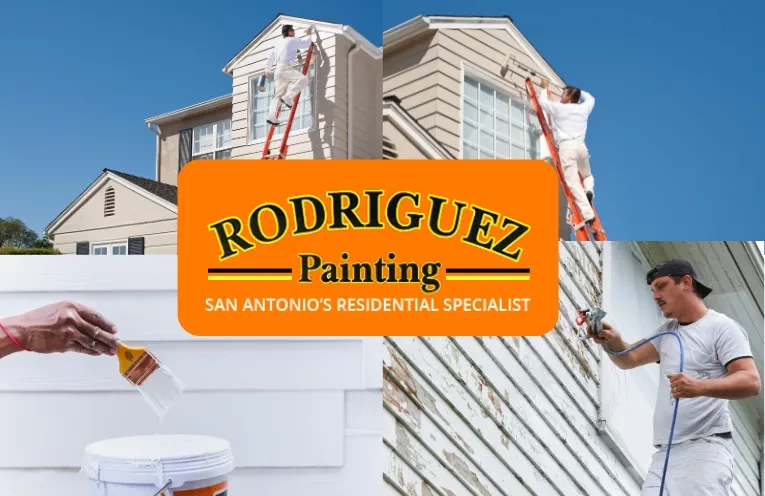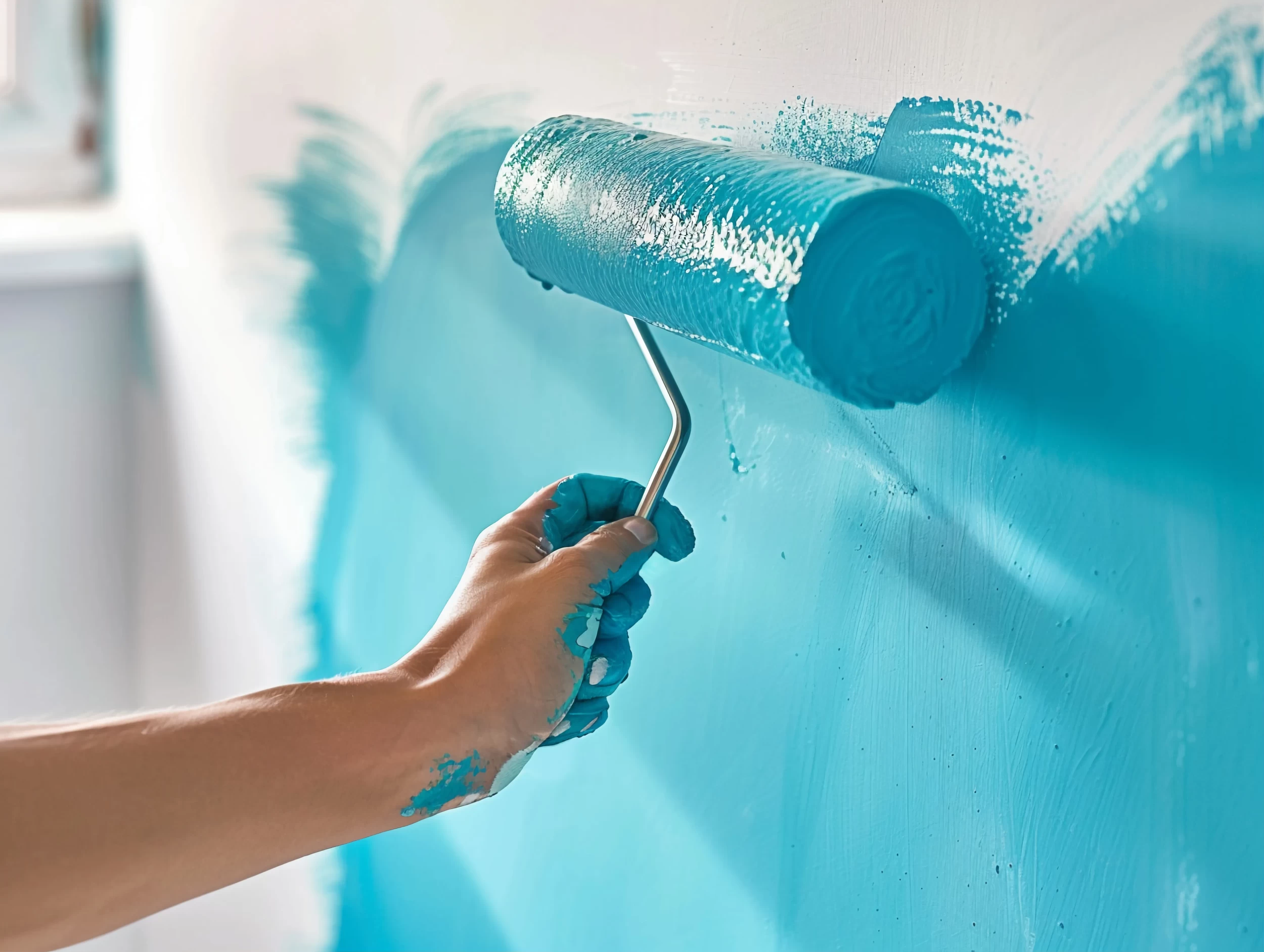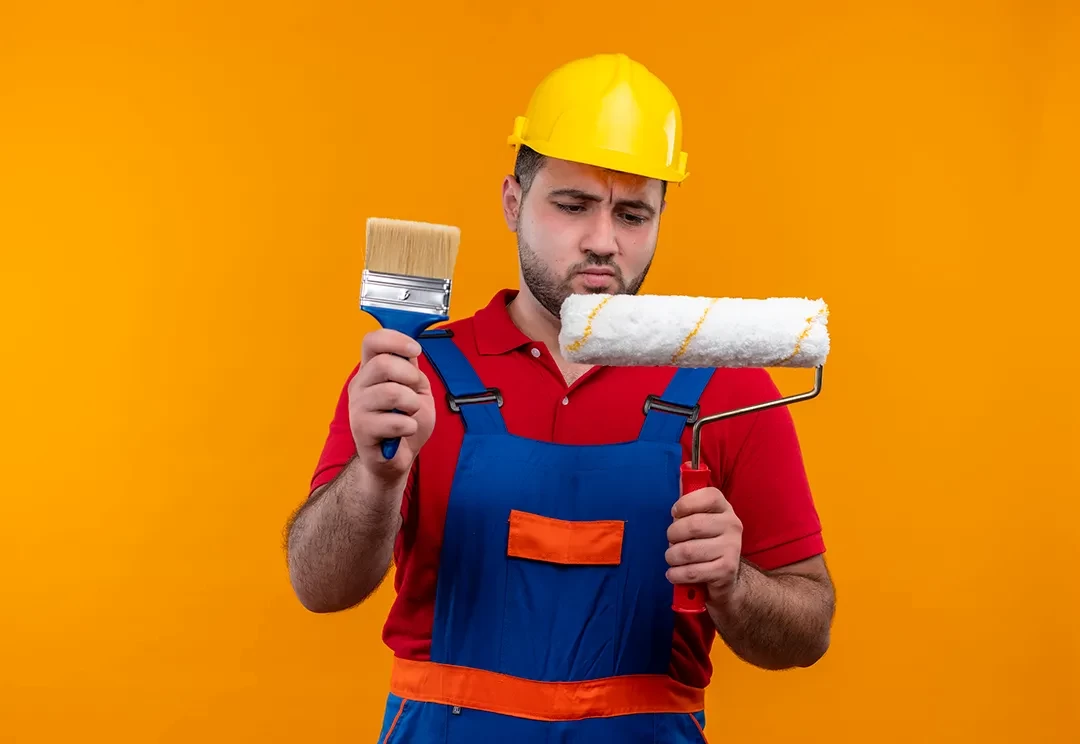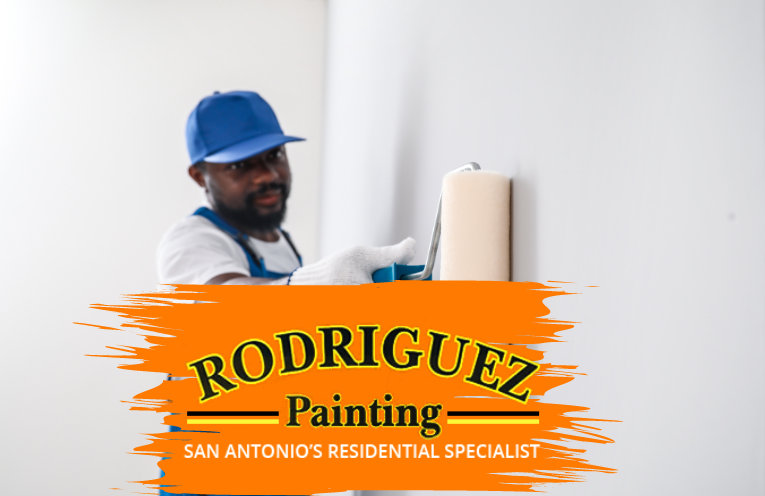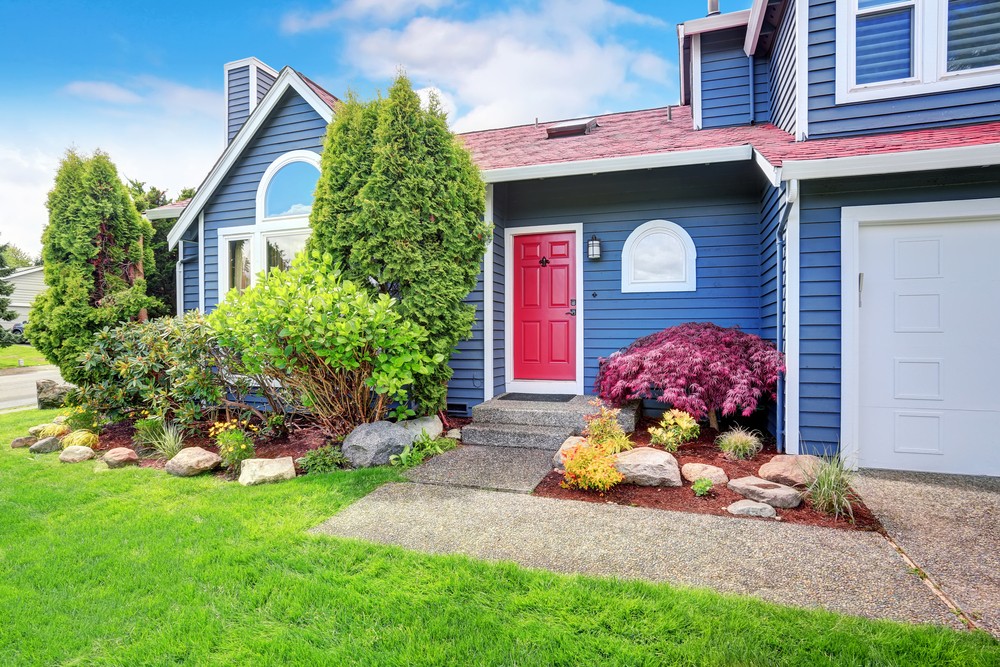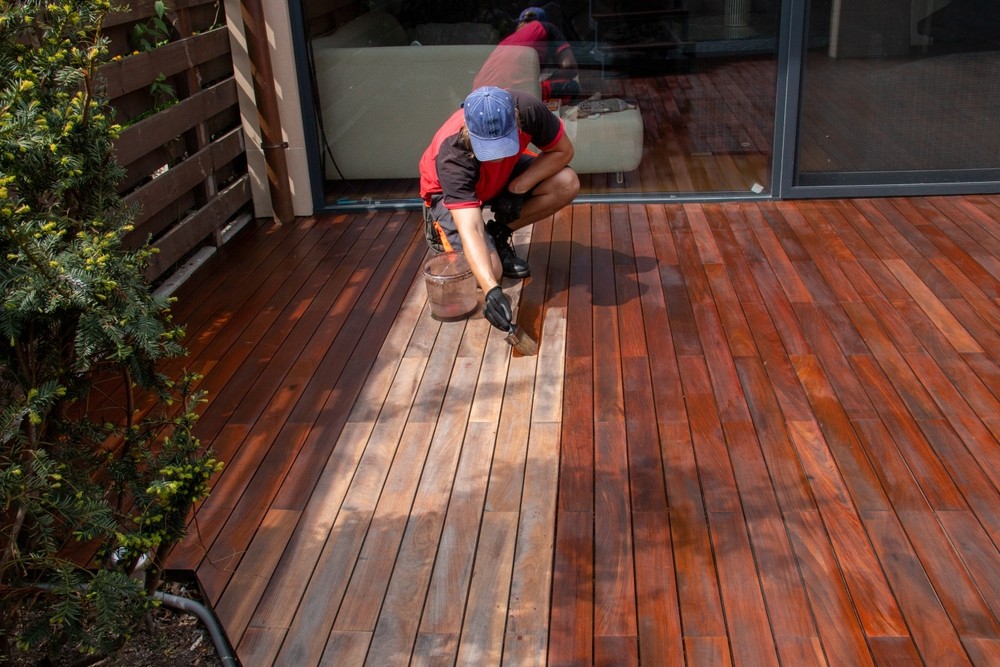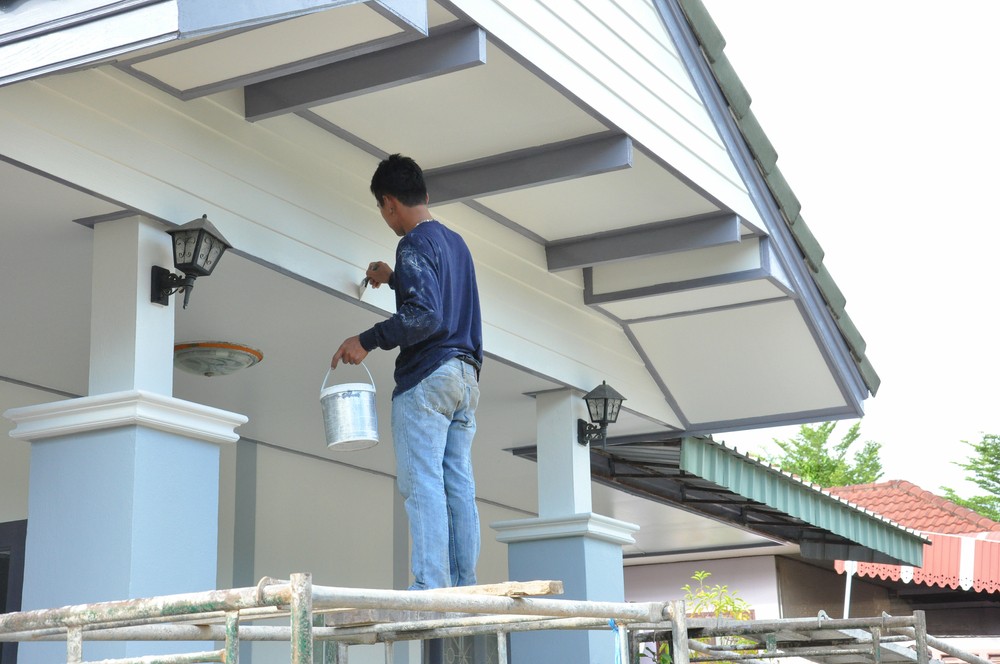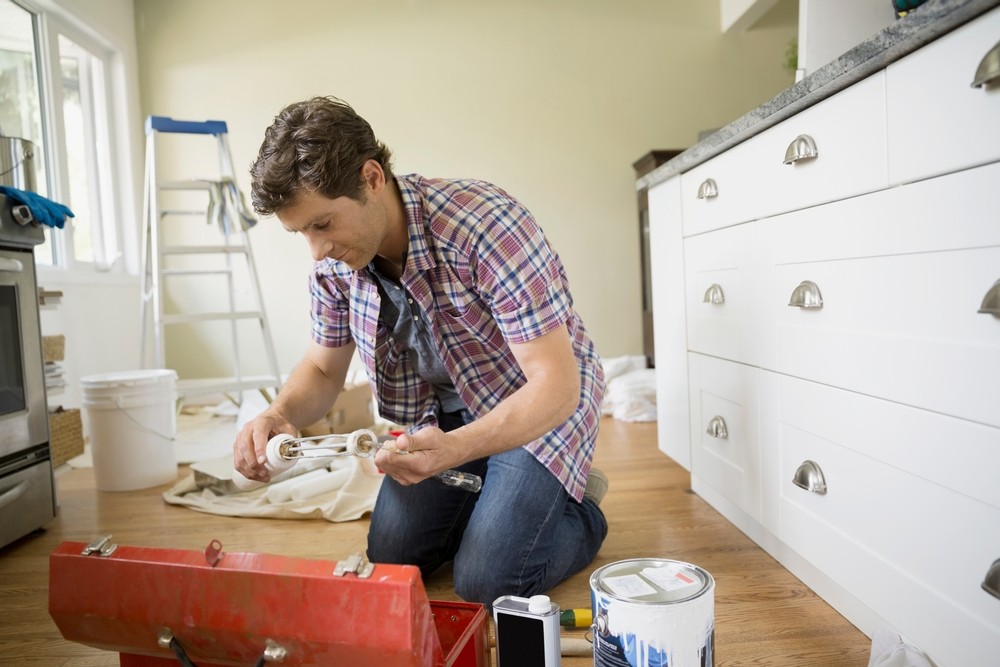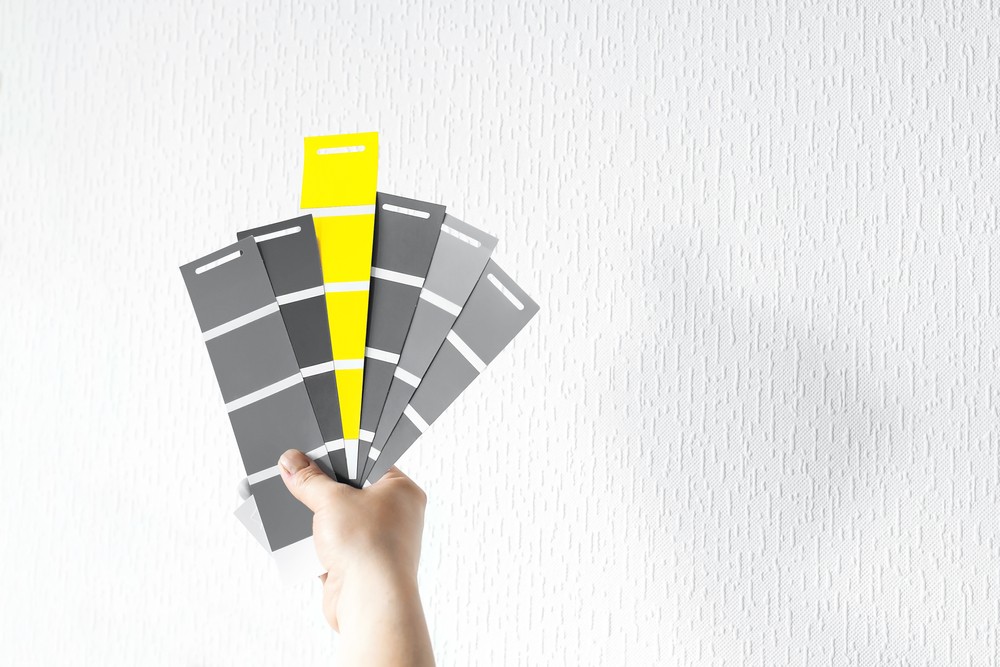
Keeping up the exterior paint on your company's office building, retail space, warehouse or other commercial property protects your investment. Paint acts as a first line of defense against weathering damage from the sun, rain, wind, and temperature swings. Letting it degrade too far risks moisture intrusion, rot, and costly structural issues.
Watch for these telltale warning signs it's time to budget for a new paint job:
1. Visible Fading of Colors
When your building's exterior paint begins noticeably fading to paler versions of the original vibrant hues, its protective pigments break down. UV rays from sunlight slowly destroy the binders in paint over time, causing dulling and eventual color erosion.
If facing south or west, external walls may fade faster on the sun-exposed broadsides vs the shaded north/east facades. The degree of color loss indicates how much longer the paint has left before exposing the underlying surface to damage. Address serious fading right away.
2. Flaking, Cracking, Bubbling
Physical deterioration of the exterior paint coating manifests first in hairline cracking. As weathering, sun, and temperature fluctuations continue taking their toll, paint layers chip, bubble up and ultimately peel off the building facade.
Flaking and open cracking allow moisture penetration leading to further paint bond deterioration and worse, wood rot or metal corrosion underneath. Left unaddressed too long, chunks of facade materials may begin crumbling off as well, necessitating expensive underlying repairs before repainting.
3. Previous Patch Jobs Evident
Earlier small, damaged surface areas often get touched up as stopgap Band-Aid fixes without attending to more widespread issues needing full repainting. Evidence of previous patching in the form of mismatched colors or texture differences sticking out like a sore thumb means more extensive refinishing is now required.
Spot treatments never look quite right. Plus, the underlying intact paint layers, they're covering likely suffer from the same degree of fading and wear at this point. Avoid further piecemeal approaches and budget for overdue comprehensive exterior repainting soon.
4. Chalky Build Up
An early phase of paint binder breakdown results in chalky powder accumulating on horizontal surfaces of windowsills, ledges, and trim caps. This white powdery residue comes from advanced erosion of the top protective painted layer now permeable enough for interior pigment particles to escape outward.
Chalking occurs under intense sun exposure as softer binder components deteriorate first while harder pigment remains trapped for a period before eventually releasing. The degree of chalkiness corresponds to how much UV damage the facade paint layers have already incurred.
5. Peeling Around Trim Areas
Paint tends to fail first where building trim details meet field siding. The horizontal tops of windows, doors and corner trim often get painted more thinly for crisp lines. These barely covered edges weather fastest from sun intensity and moisture dripping down vertical wall sections above.
As a result, peeled paint frequently appears early on around exterior trim bands—an ominous sign the entire broad wall expanses aren't far behind needing repainting as well for uniform looks. Don't ignore splitting seams where trim abuts siding and fascia.
Why Commercial Building Exterior Paint Fails
Now that you can better spot exterior paint wear indications, understanding what triggers the deterioration helps prevent repeats by improving surface prep and paint choices next time.
UV Exposure & Weather
The number one cause of painted building facade decline comes from sun and weather damage. Absorbed solar radiation breaks down paint binder polymers. Repeated expansion/contraction from swings of hot & cold temperatures strain paint cohesion. Wind and storm drains leach away faded top layers too. South and west walls endure the most sunlight so tend to lose paint integrity faster.
Moisture Penetration
Once paint cracking, peeling, and erosion from prolonged UV exposure has eaten away enough of the protective covering, water begins passing through. Repeated building facade soaking and drying out places tremendous stress on paint bonds leading to further delamination. Unchecked moisture ingress rots wooden construction materials and corrodes underlying metals over time.
Surface Prep Tips Before Exterior Painting
Now let’s explore proper exterior building paint preparation in detail to avoid these common demise causes. Follow these critical steps when getting surfaces ready for repainting:
Pressure Wash Carefully
Set pressure washer PSI to under 3,000 to avoid damaging old paint or the underlying facade surface. Get up close and methodically break paint bonds with contaminated layers underneath. Surfaces should emerge clean yet rough, not smoothly sliced exposing the substrate.
Sand Glossy Remaining Paint
Although still firmly anchored, hard shiny paint requires abrading to achieve texture for its replacement layer to bite into. Failing to properly degloss previously coated areas guarantees new paint sliding right off. Pass over surfaces aggressively with 120-grit sandpaper.
Caulk Cracks & Gaps
Modern flexible paintable caulks seal up facade cracks and joints to keep water out. Pay special attention to caulking well around windows, trim borders and protruding architectural feature edges prone to paint failure splits. Let cure fully.
Wipe Off Dust
Following all the scraping, sanding, and caulking, wipe clean the entire exterior facade using lint-free rags and water to pick up every possible speck of dust and debris. Otherwise, these contaminants get trapped under the new paint. A final dilute TSP rinse removes any oily residue too.
Choosing Commercial Exterior Paint
With so many quality grades and sheens of building paints available from leading brands, selecting the right formulation for your facility's exterior and local climate makes all the difference in long-term performance. Consider these decision factors:
Acrylic vs. Oil-Based
Water cleanup and faster-drying acrylic latex paints work well on masonry and cement block buildings. Oil paints offer better penetration and weather resistance on wood-sided structures common in historic downtowns. Modern 100% acrylics last much longer than old 1980's latex.
Flat vs. Gloss Finishes
Flat or matte finish exterior paints excel at disguising facade imperfections in poured concrete, textured stuccoes, and clapboard sidings. Gloss/semi-gloss enamels make cleaning easier but accentuate flaws requiring extra prefill attention. Glossy paints tend to experience color fading sooner from sun exposure as well.
Conclusion
Stay proactive against weathering damage to one of your company’s biggest investments. Keep close tabs on paint condition year-round and budget for new coating cycles as needed to defend your exterior building skin through endless seasonal attacks. Your preventative paint care ensures this real estate asset remains visually appealing while operating smoothly for decades of service life to come.



